All The Light You Can See - In the Dark
When the darkness comes, you are stuck with it. The only thing to do, I’ve decided, is to walk into it. You’d be surprised how much light is there.
“You do not have to sit outside in the dark. If, however, you want to look at the stars, you will find that darkness is necessary. But the stars neither require nor demand it.”
— Annie Dillard, Teaching a Stone to Talk
We sat out on the front steps to digest our Thanksgiving dinner and look at the stars. It took a few minutes for our eyes to adjust to the darkness. At first, all we could see was the reflection of the moon on the hoop house plastic. But slowly, the oaks, the driveway, the split rail fence, the shiny bottoms of leaves on the grass, the tarp on the field, the scrub-pine-y edge of the woods came into view. Two white tails bobbed and exited, stage left.
That moon — surprisingly bright, waxing gibbous, soon to be full — threatened to steal the show. It was a clear night and I had hoped to lie back and pick out constellations. But the moonlight threw a gauzy veil over the stars, and the sky instead was fuzzy with pale streaks and dim pinpricks.
Over our shoulders, we could see Jupiter hanging in there, though, sidled up next to the moon, looking for all the world like a satellite — not so much sparkling as beaming.
On Monday — tomorrow, our second wedding anniversary —the moon will be full. In most parts of the country, the November full moon is known as the Beaver Moon. Yikes. Thankfully we call it the Bay Scallop moon on Martha’s Vineyard. Other Native American names for the November moon include Deer Rutting Moon, Scratching Moon, and Freezing Moon. So, um, yeah, let’s hear it for our local bivalve.
It gets worse, though. In Celtic tradition, the last full moon before the December solstice (this one) is called the Mourning Moon. That does not sound pleasant to me, and certainly not a good way to celebrate an anniversary. But much to my relief, I’ve learned that the Mourning Moon is intended to be a chance to let go of the past, to make changes, to generally dispel the bad juju and get on with things. One is encouraged to send the old baggage off when the moon is full at 4:16 a.m. on Monday morning. I mentioned this to my husband, who said he’d be glad to wake me up so that I can experience it and he can go back to sleep.
The only way I am going to get up at 4 o’clock in the morning is if I’m still up from the night before. Not entirely impossible if I’ve been insomnia-ing my way through the hours when normal people are sleeping, as I do sometimes. But let’s hope that doesn’t happen.
I wish for all the world that I was a morning person, but I’m not and I don’t think I ever will be. This time of year it would be really helpful, because the day is practically over the minute it begins: the sun sets at 4:16 p.m.
On the best of days — the clear ones — the sun leaves a cool peachy glow as we let it slip away from us over the horizon. Twilight lingers in a calming palette of rich blues. Walking through it is like stretching out time.
But on a grey day, the clouds sap the sky of luminosity, leaving us with the classically foreboding Vineyard winter scene: an endless spider web of scraggly tree branches, served up on a pewter platter.
Either way, the darkness comes and you are stuck with it. The only thing to do, I’ve decided, is to walk into it. You’d be surprised how much light is there.
I used to be frightened of the dark, but as I’ve spent these 16, almost 17, years peeling back all the onion layers in sobriety, I’ve gotten much more comfortable, even intrigued, with what sitting (or walking) in darkness can reveal. Metaphorically, this means I not only can see what lurks in my own shadow, but I also can access the hidden strength and light within me to counteract it. Where there is doubt or shame or fear, I can tap into confidence and wisdom and faith. Some call this the work of the Holy Spirit.
But I’m not just talking about metaphorical darkness. I mean the physical endurance of night, or more accurately, of the dark hours: we have almost 15 hours of darkness at the winter solstice. I guess we are lucky; Iceland has nearly 20. Northern Finland? Almost 24.
Many days it is impossible to get a walk completed before sunset; some days it is impossible to even start one before dark. In winters past, I’ve marched up and down our pothole-filled dirt road with my earbuds in after nightfall, trying to log a little exercise and pump up the endorphins for my mental health. (FYI, we do not have street lights out here; hello iPhone flashlight.)
But this year, sometimes in the company of my husband and sometimes not, I’ve pushed through twilight into moonlight while staying on our off-road paths through woods and fields. Granted this is a bit less appealing on moonless nights, but you’d be surprised at what the stars can deliver on their own. There is more light in the darkness than you’d ever imagine, once you adjust to it. If I make it down to Tisbury Great Pond in the last dregs of twilight, the blue-on-blue of the sky and the sea are otherworldly.
A flashlight is still required for the walk back, though, to make sure one doesn’t surprise Pepé Le Pew and his kin, who enjoy digging for grubs in the open fields this time of night. Also, it’s a good idea to keep an eye out for The Root, a knobby protuberance in an inconvenient spot that has nabbed the tip of my sneaker once or twice and sent me flying.
There are always things that can trip you up in the dark. But if you navigate mindfully, you’ll get through it — and you’ll emerge with new insight.
To me, there is something deeply peaceful and quiet about the dark. At night, from our back deck, I can hear the ocean roar two miles away; I never hear it during the day. I also think it’s easier to listen to yourself in the quiet of darkness. And I don’t mean hearing, I mean listening. Not to the annoying chatter that runs through your brain on an hourly basis, but to the soft, compassionate inner voice that encourages an honest poke around in the darkness. Only by seeing what’s really bugging us can we do something about it.
Irish poet (and popularizer of Celtic spirituality) John O’Donohue said, “Light cannot see inside things. That is what the dark is for.”
I understand now why Celtic Christians (in particular) celebrate the December darkness as a time of reflection and deep spirituality. For those who consider the spirit to be inextricably linked with nature, the darkness must, by necessity, be a time of introspection.
And of course, the observance of Advent for Christians begins next Sunday. It is a time of preparation and recalibration. The four candles on the Advent wreath represent hope, peace, joy, and love. Presumably, we are all encouraged to look for these points of light within us, despite the less savory aspects that populate our shadow selves – fear and worry, envy and anger.
It is worth trying. To find the light in the darkness, I mean. It might seem counterintuitive, but that’s the way it works. The flame of the candle is not required to illuminate the daylight; hope and love are most needed in times of despair. And, as Annie Dillard wrote, if you want to see the stars, you must experience darkness. And I would add that it can be far less scary than you’d think.
🌝
In Brief:
WATCH! The Martha’s Vineyard Book Festival has just released all the videos of the 2023 Speaker Panels and Author Talks that occurred at the Book Festival this August. I’m excited to rewatch the panel I saw, Reckoning with Identity in Memoir, with memoirists Kwame Alexander, Nicole Chung, Christian Cooper and Michelle Miller. But I missed hearing Elizabeth Alexander, Jessamine Chan,
and others so I’m looking forward to viewing those. But even though I am biased, I think you will agree that Scott Frank’s interview with my colleague Bill Eville, author of Washed Ashore: Family, Fatherhood, and Finding Home on Martha’s Vineyard, is not only delightful but full of good writing advice. Take a peek and then check out all the others.READ: A good essay collection leaves you feeling a part of the author’s life. It leaves you with a new point of view, with broader horizons, with beauty and a bit of nostalgia for a world you can’t exactly inhabit, though you might like to. I’m finding Margaret Renkl’s The Comfort of Crows: A Backyard Year to be that book. In fact it is such a pleasure to read that I will only allow myself three or four essays a night, as I don’t want to be finished with them. Pausing is necessary, too, to take in the thoughtful collages that Renkl’s artist brother Billy has done for the book. They are magnificent. At least when I am through the book, which was a gift from
, I can read Renkl’s marvelous New York Times opinion pieces. And reread each essay again and again.EAT : Don’t miss this fabulous recipe for Lasagna Bolognese posted this week over on Cookthevineyard.com
See you next Sunday!


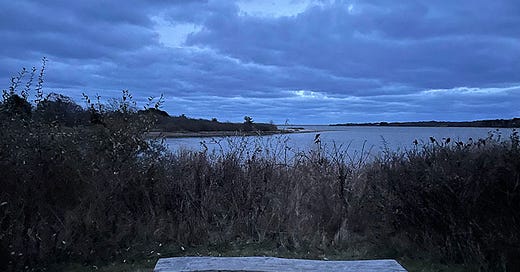



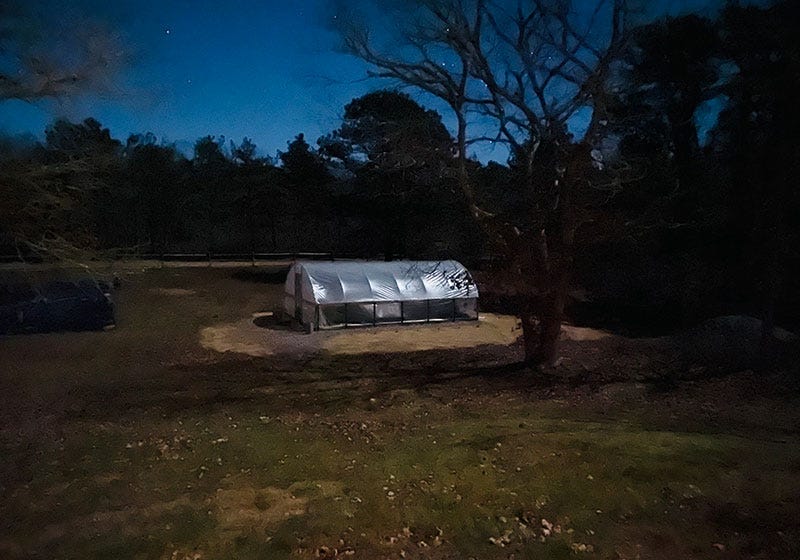
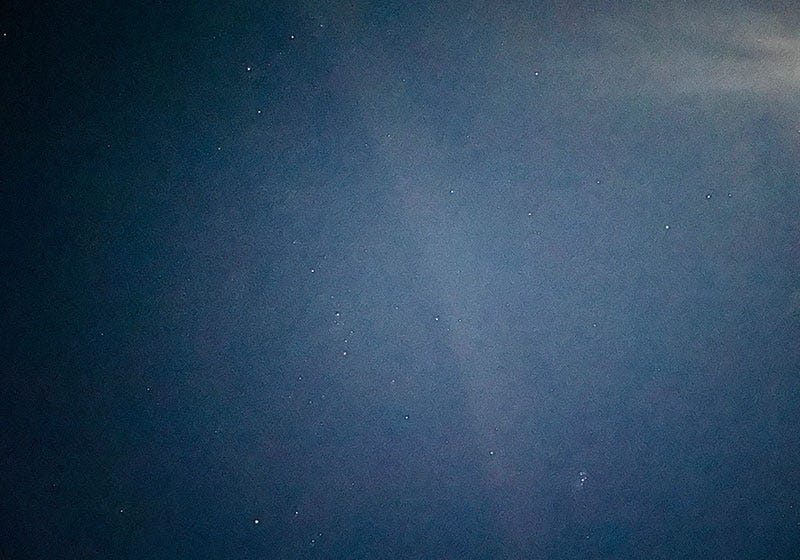
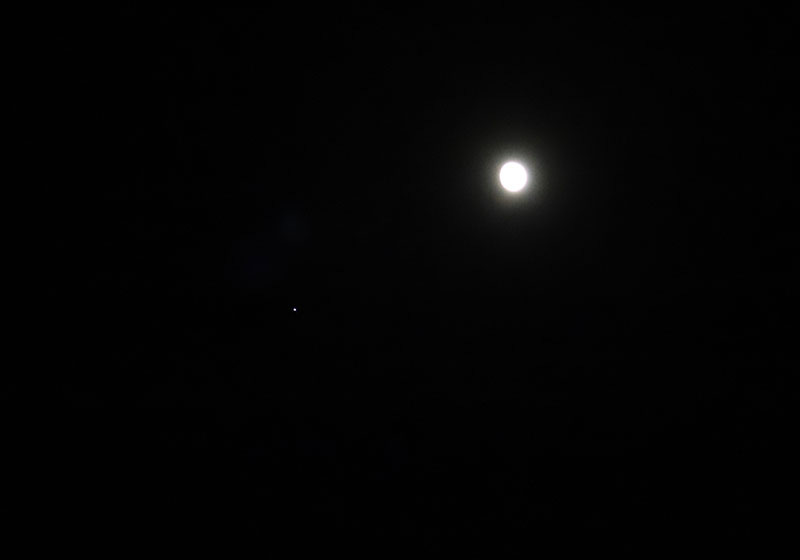
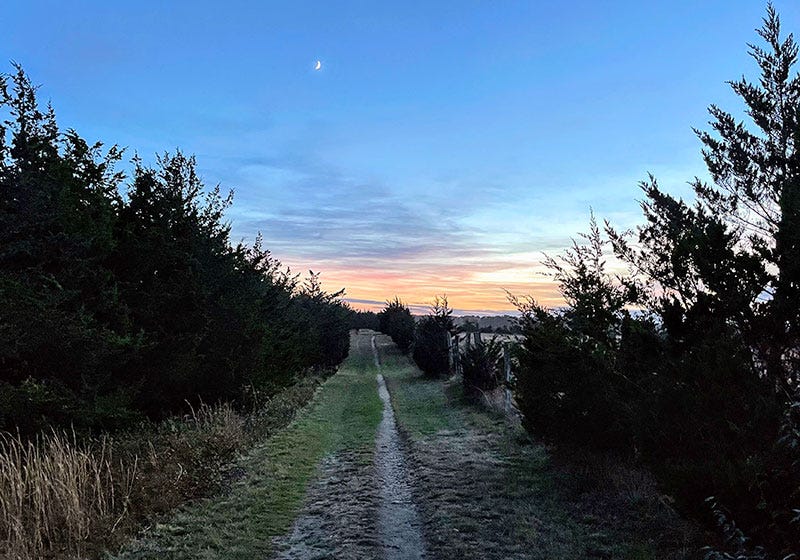
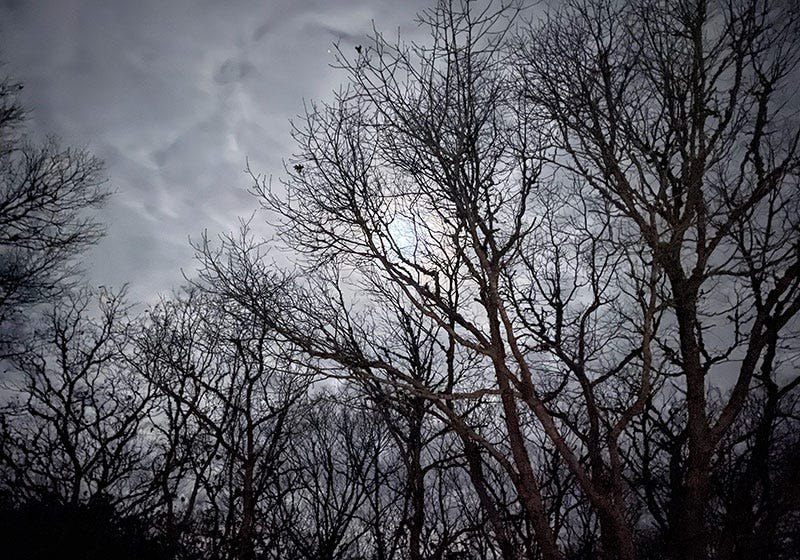
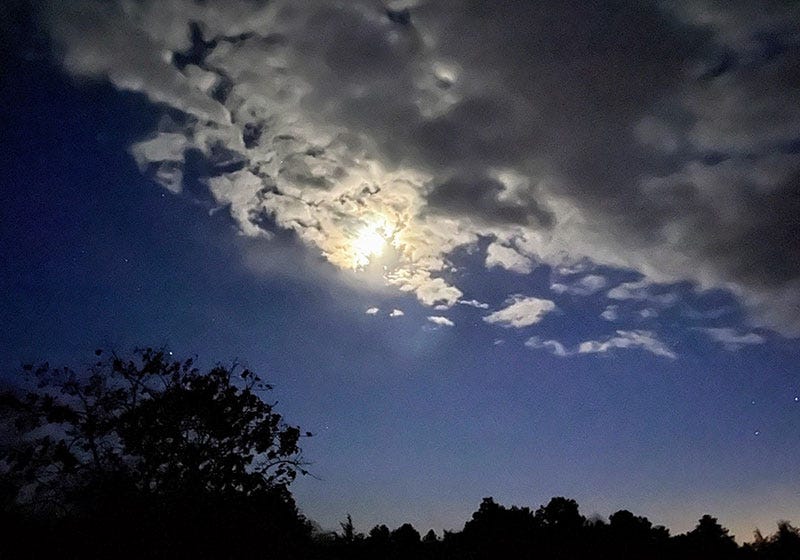
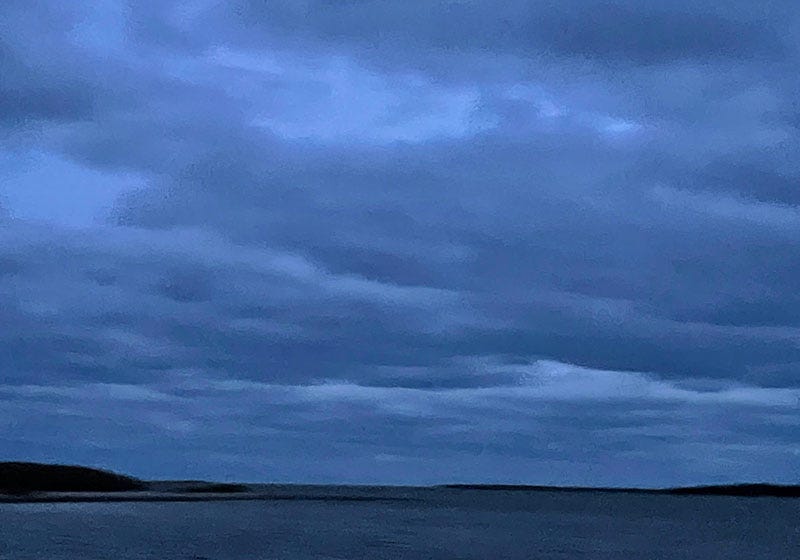
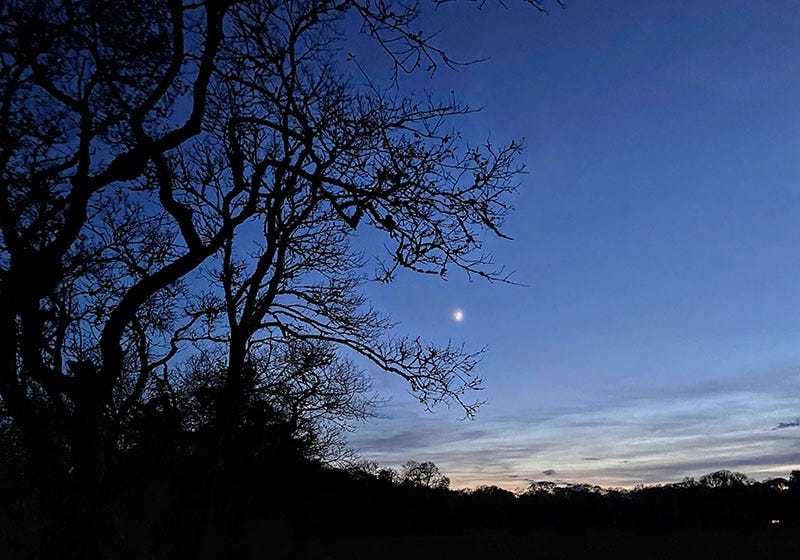
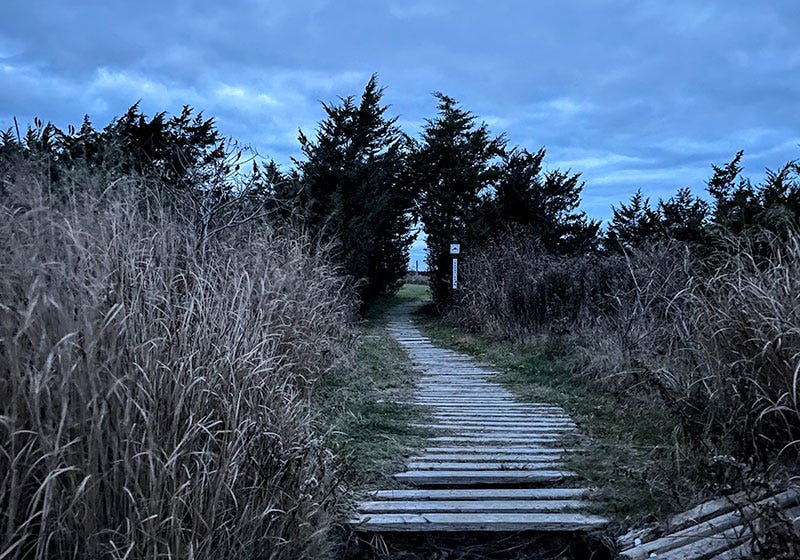


So beautiful, so powerful, Susie. I'm walking through a stretch of darkness during this time, and appreciate the reminder that there is more lightness here than I might've imagined. Thank you.
love the idea of finding light in darkness also spent a summer 2 years ago camping out on lake superior trying to parse out the amazing brain of Annie Dillard in that fine book even more amazing is the girl who is blind in real life playing the role in the movie you reference (of course as per usual book was better but....hey.....movies do the trick too...you seen Redford and Nolte in 2015 "
A Walk in the Woods"? i found it soothing somehow and honest without kow-towing to current identity politics etc. i may have emitted a tear and no main character dies lol)